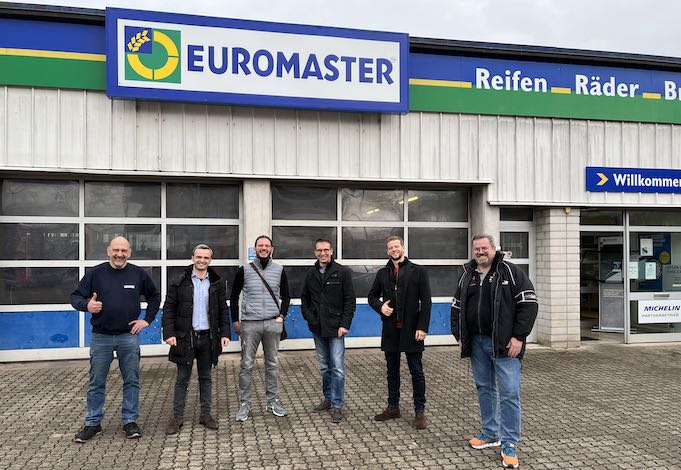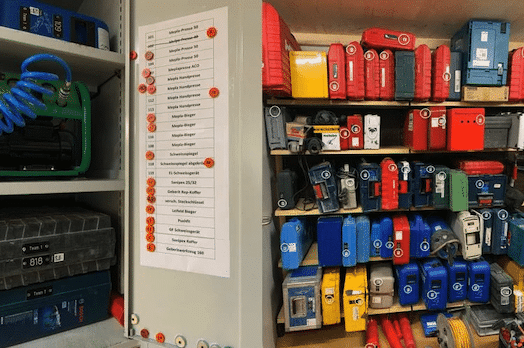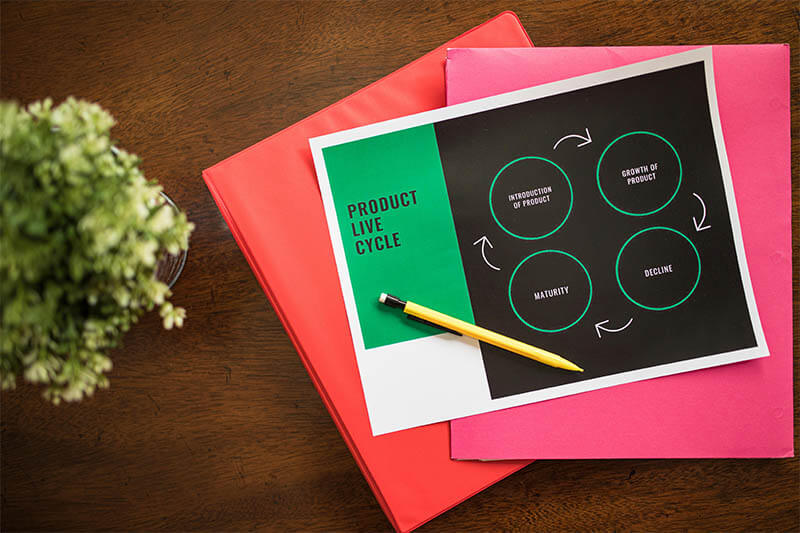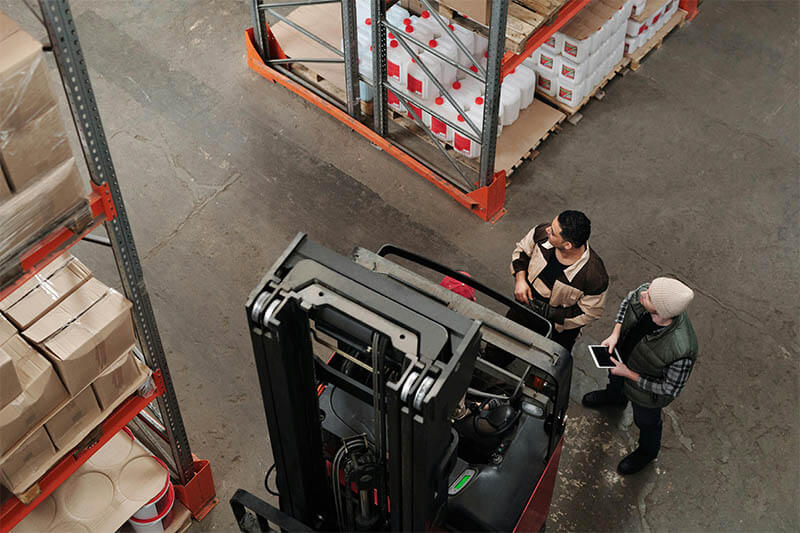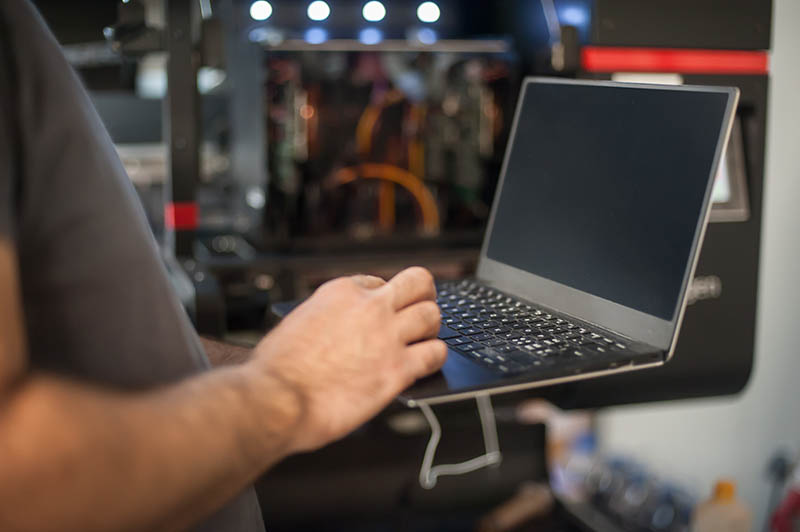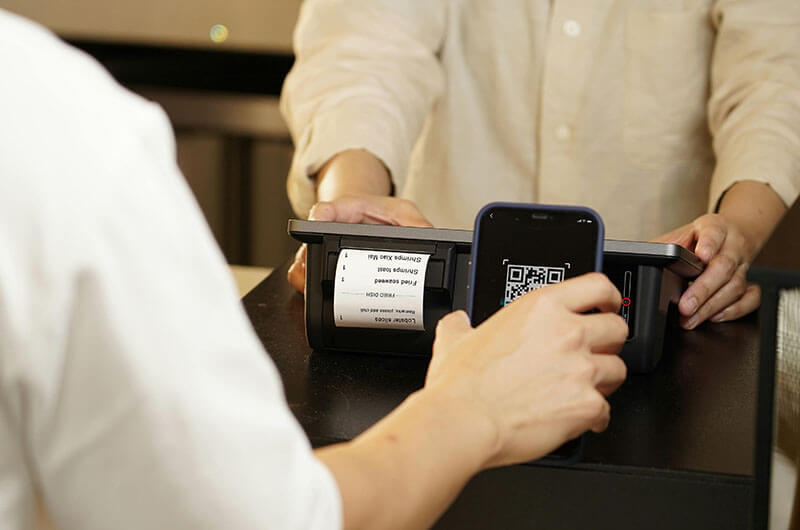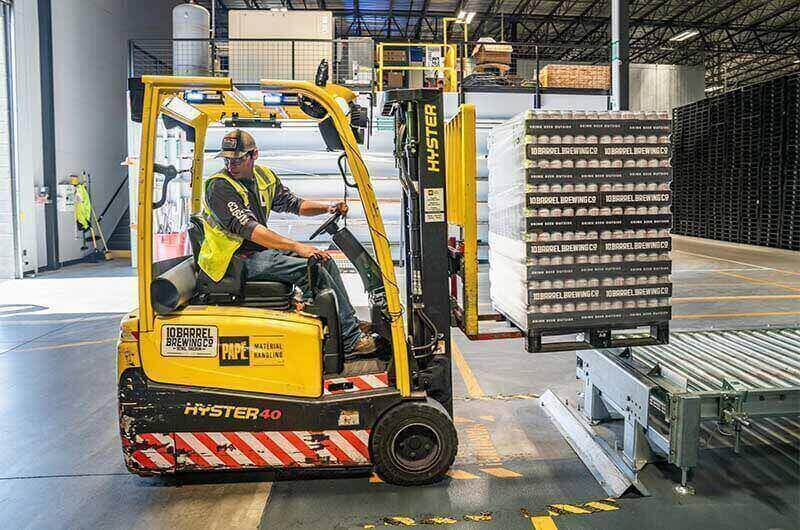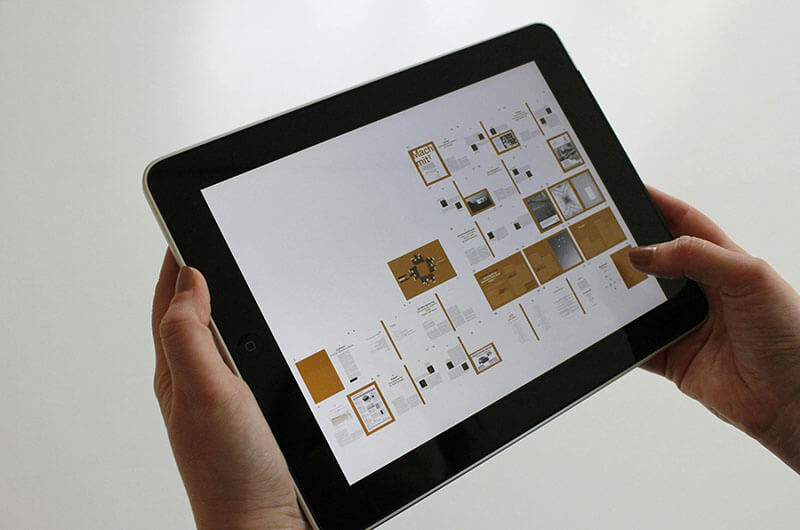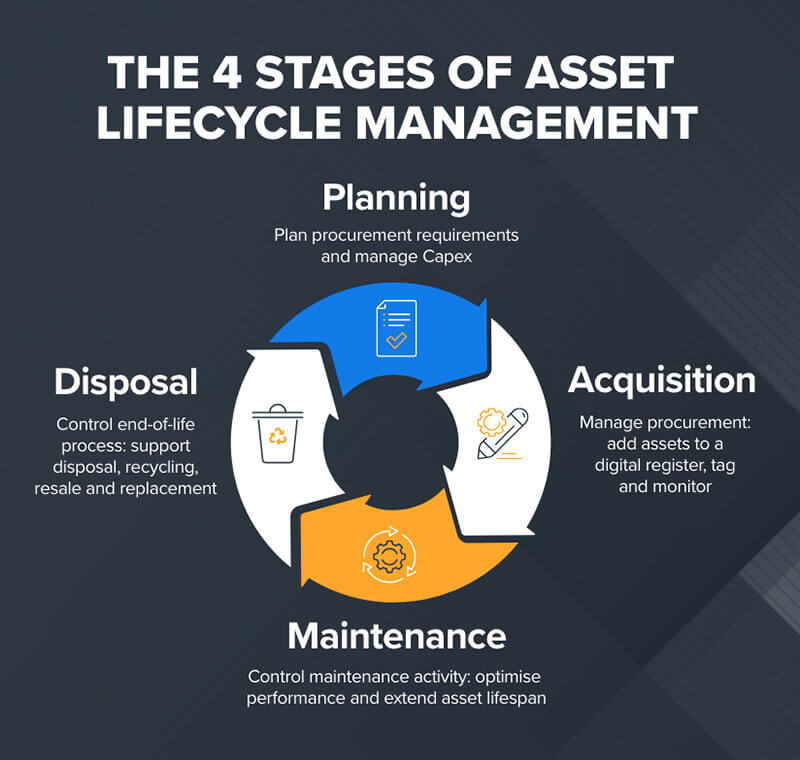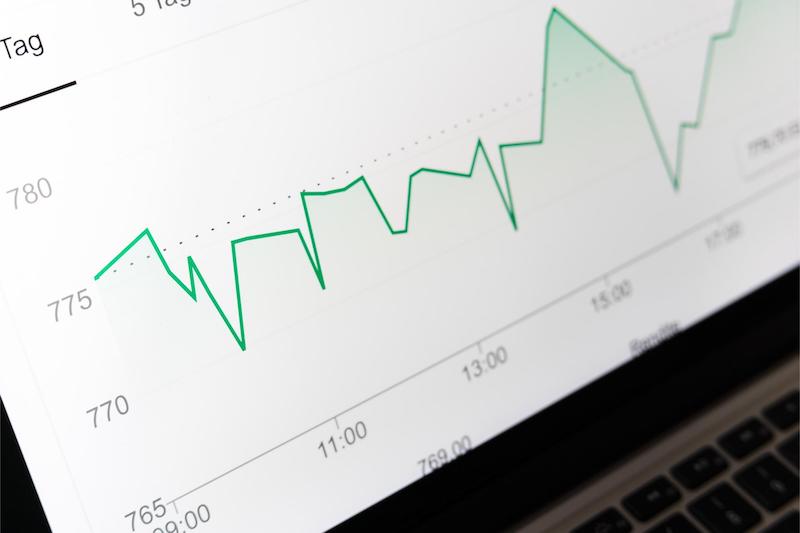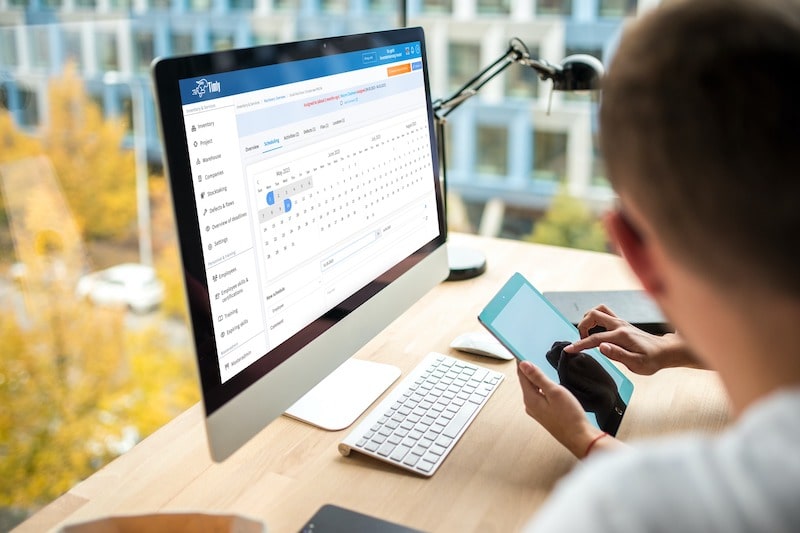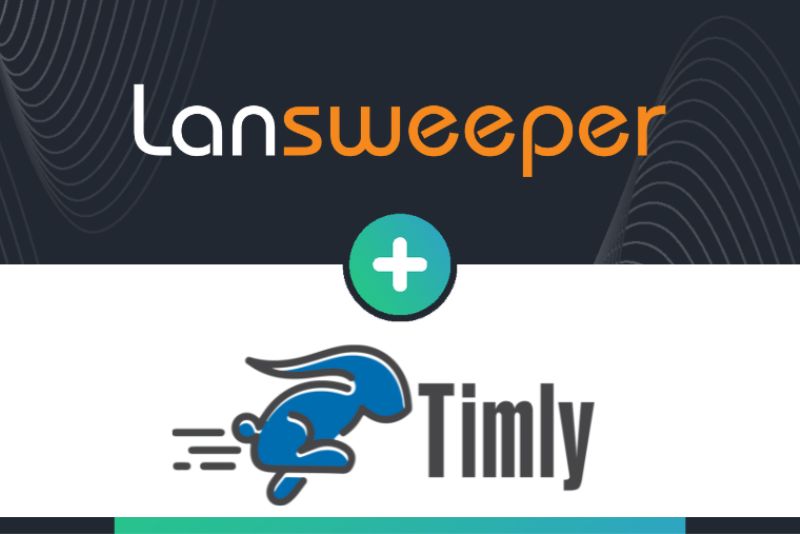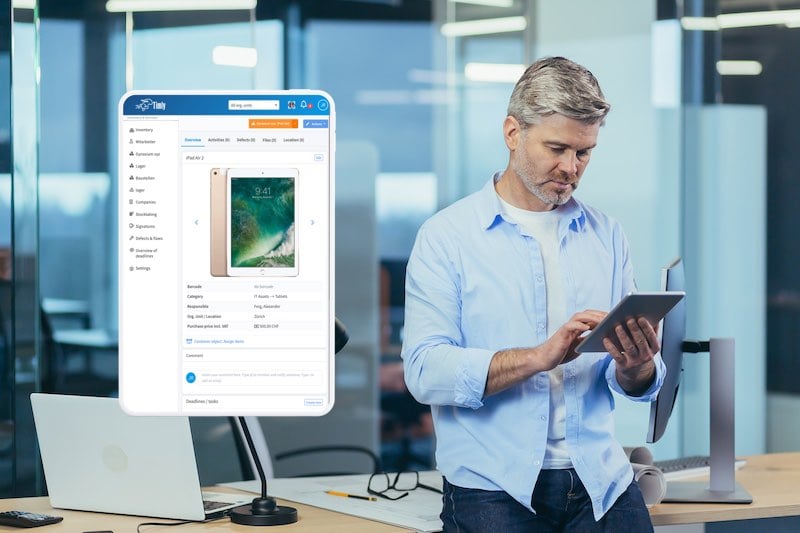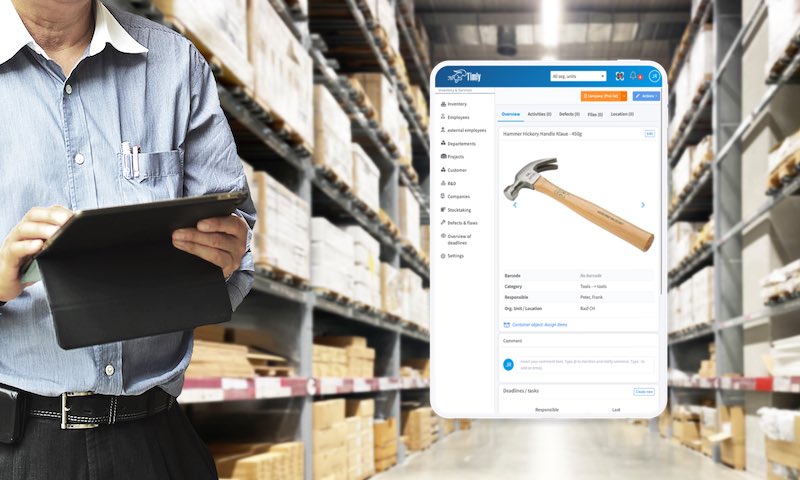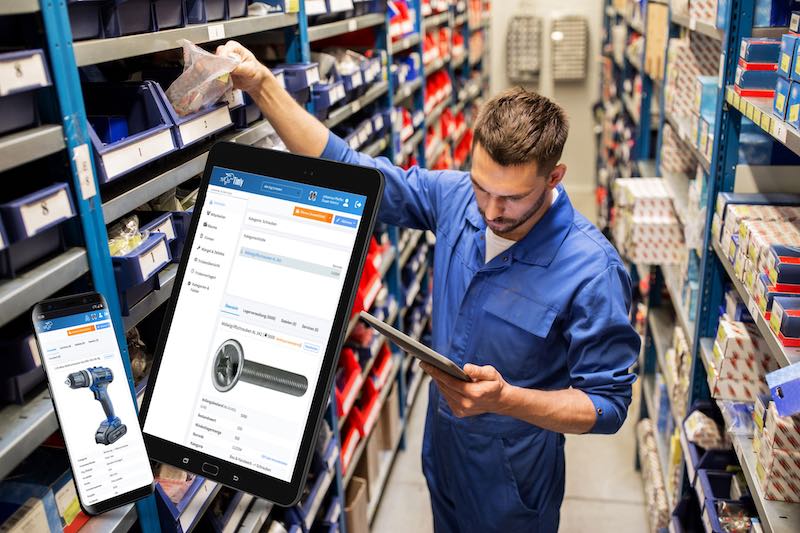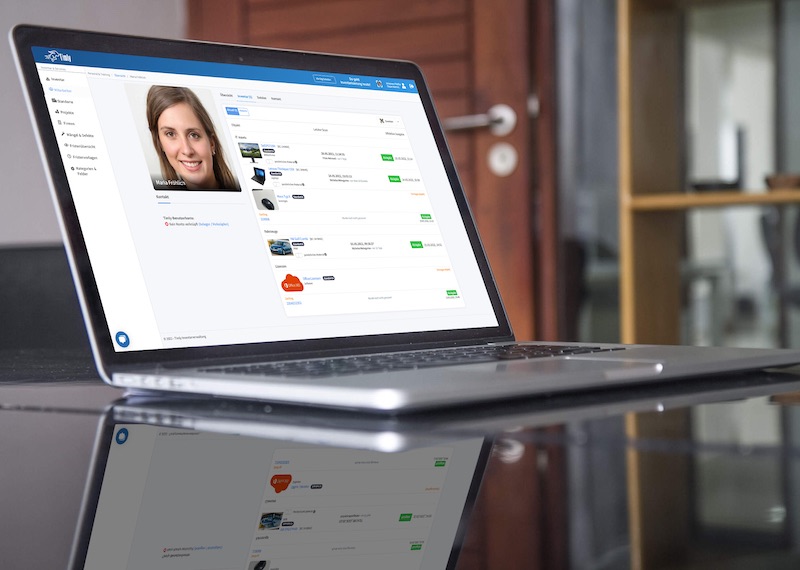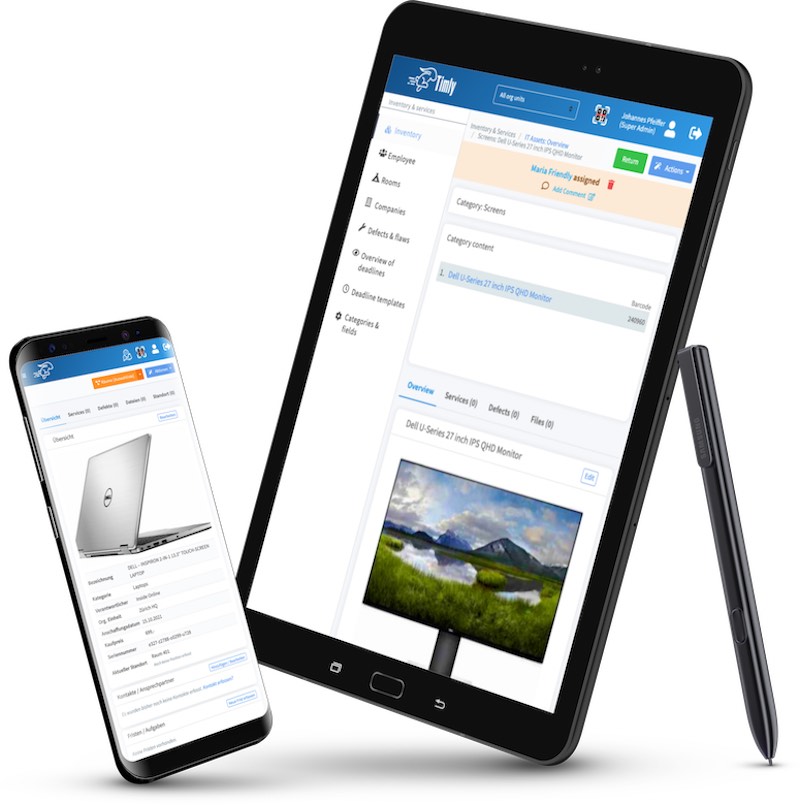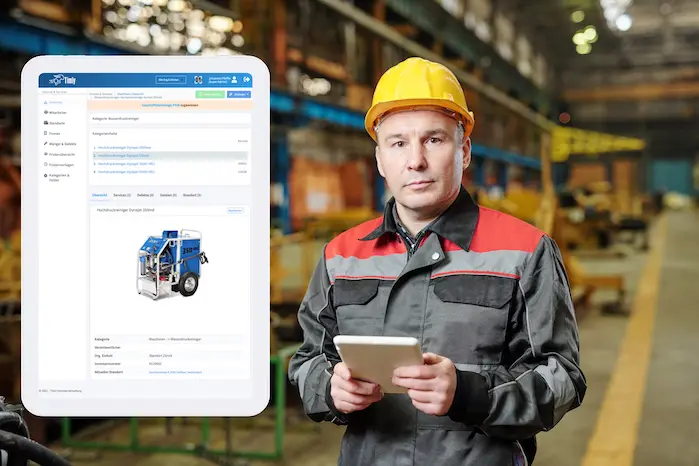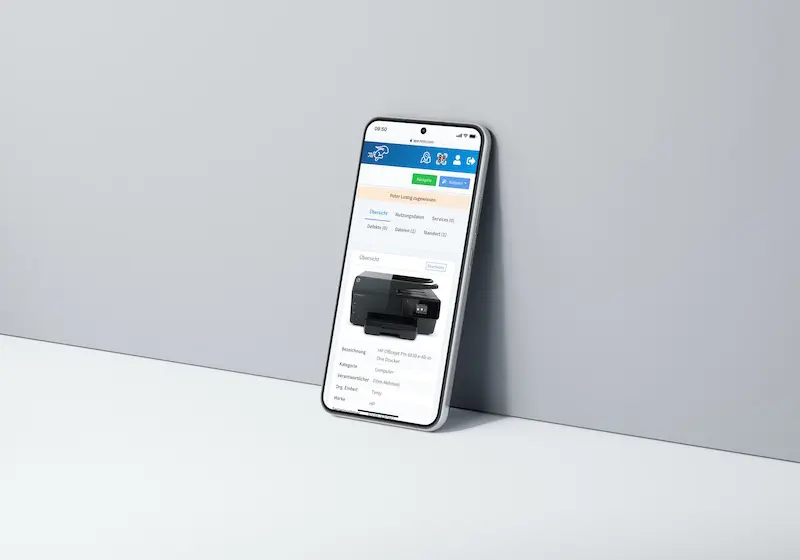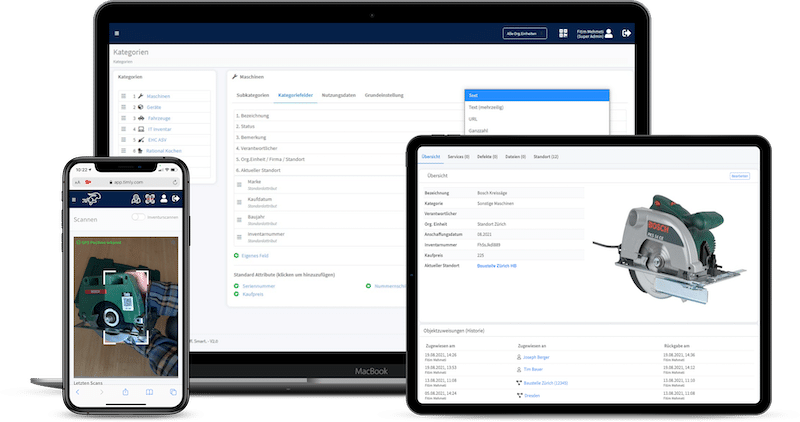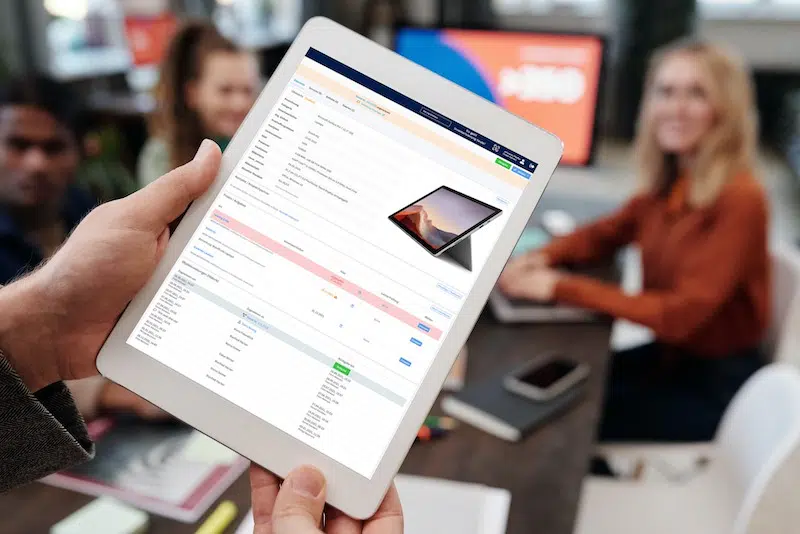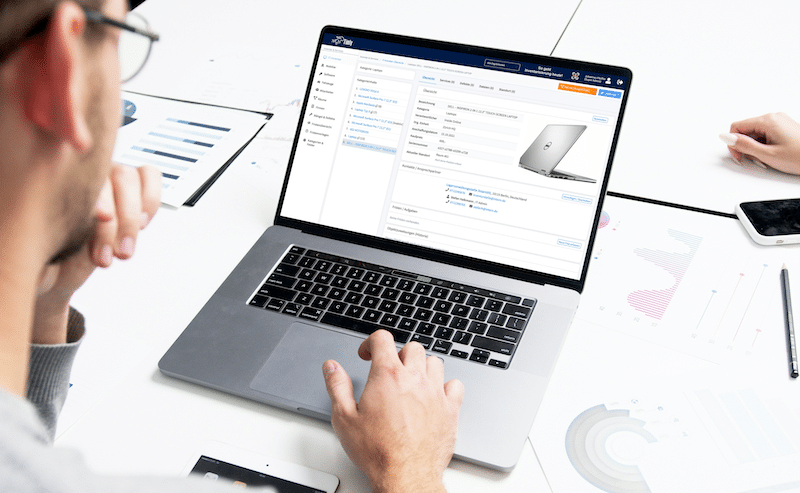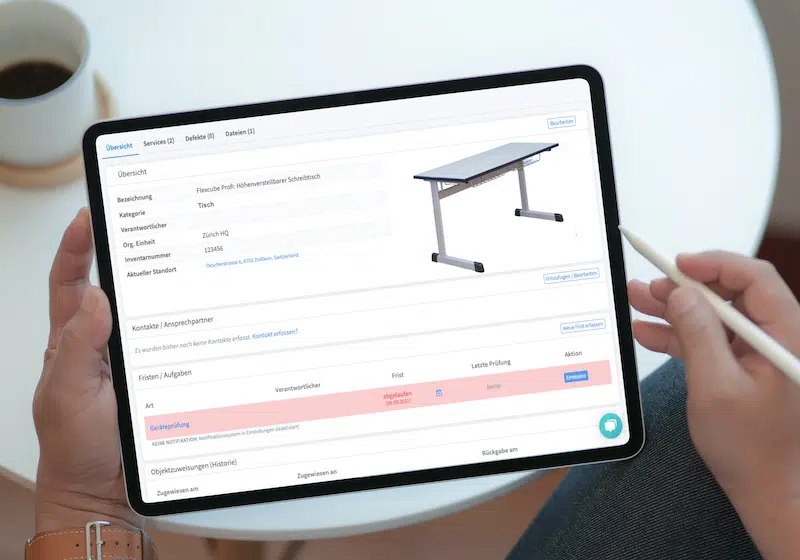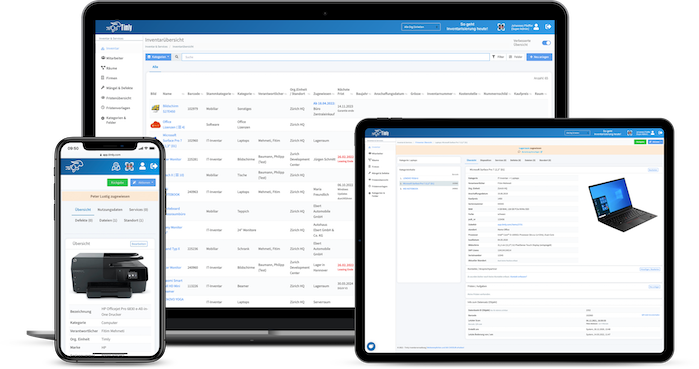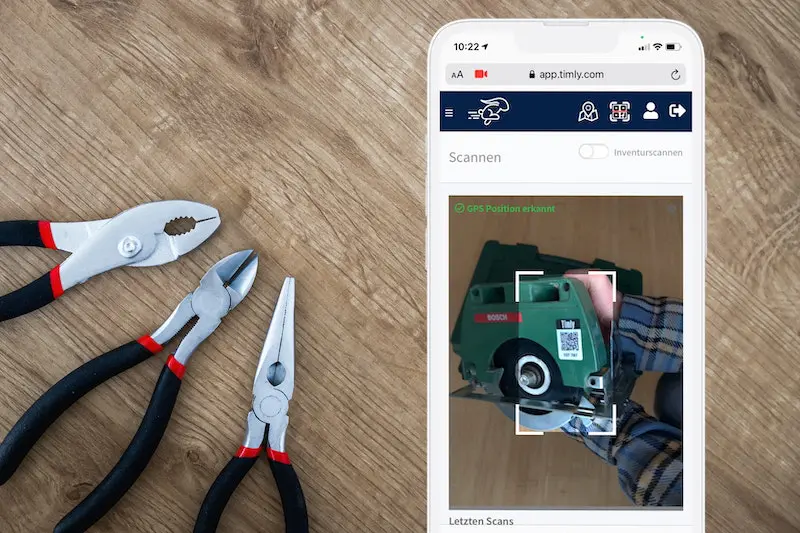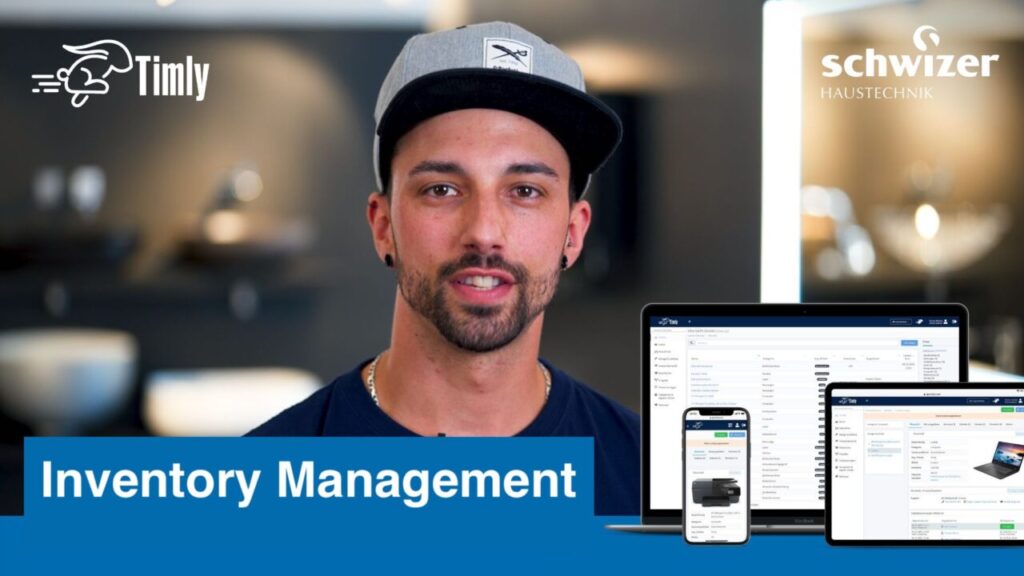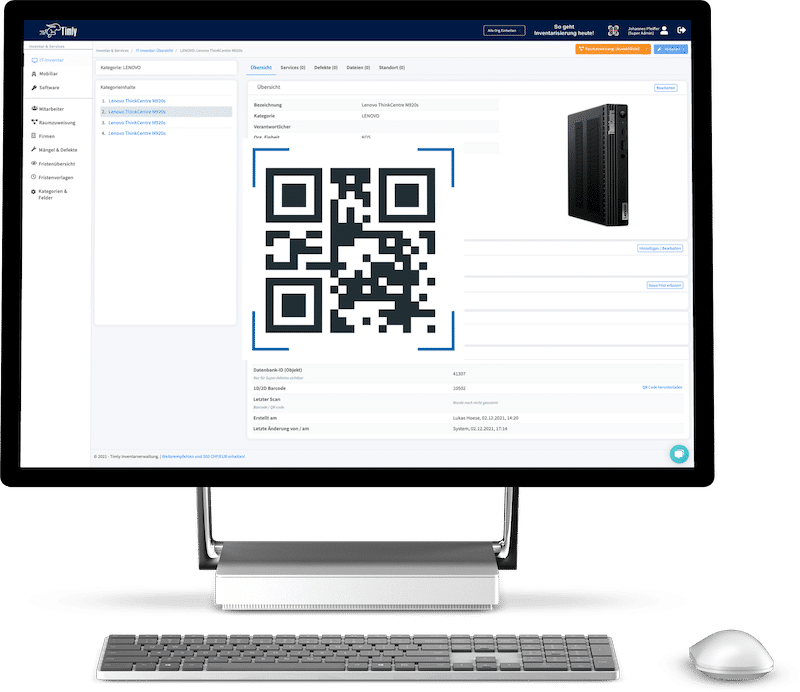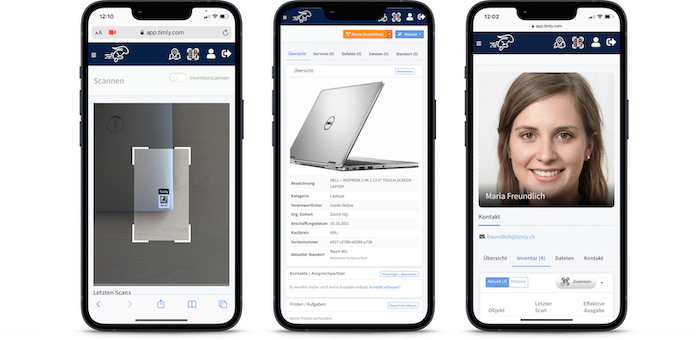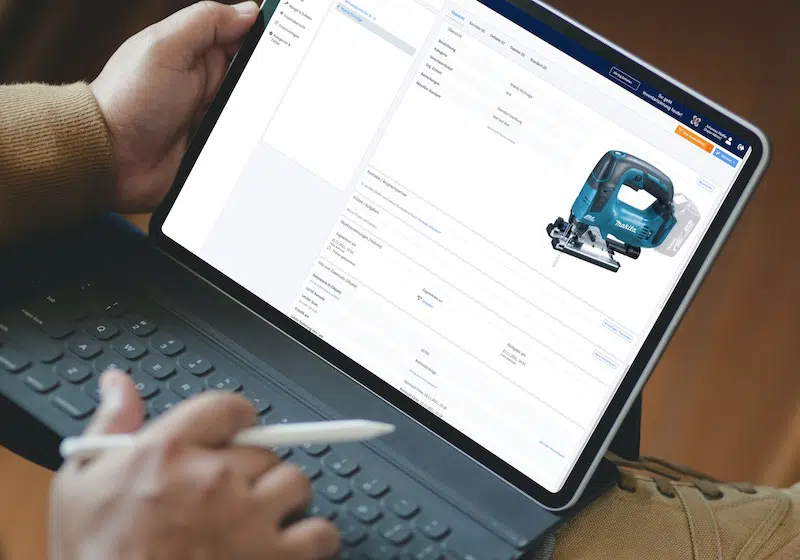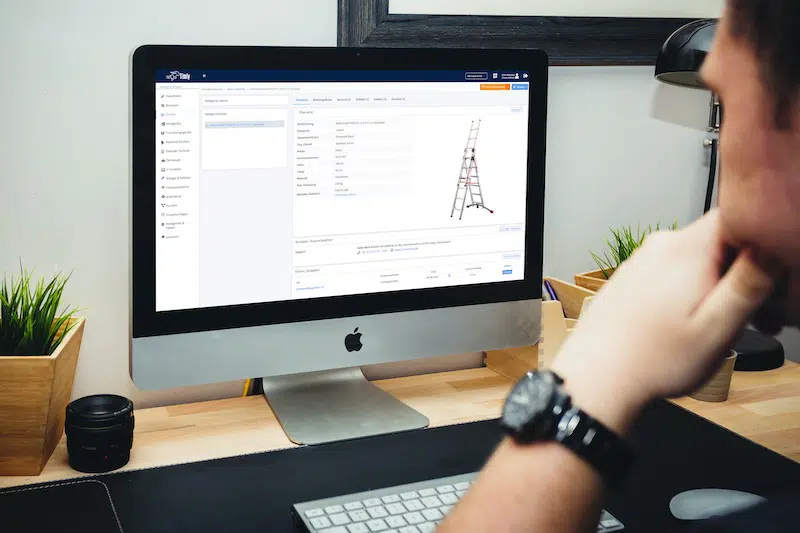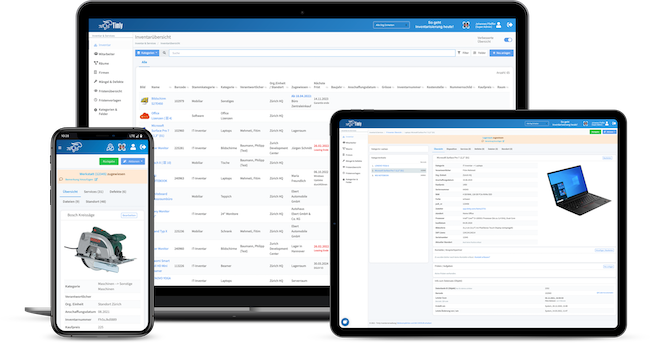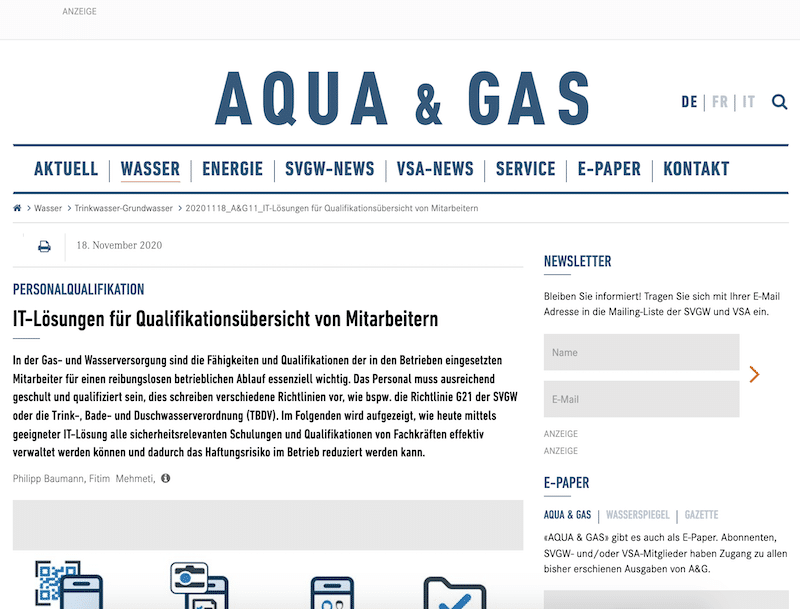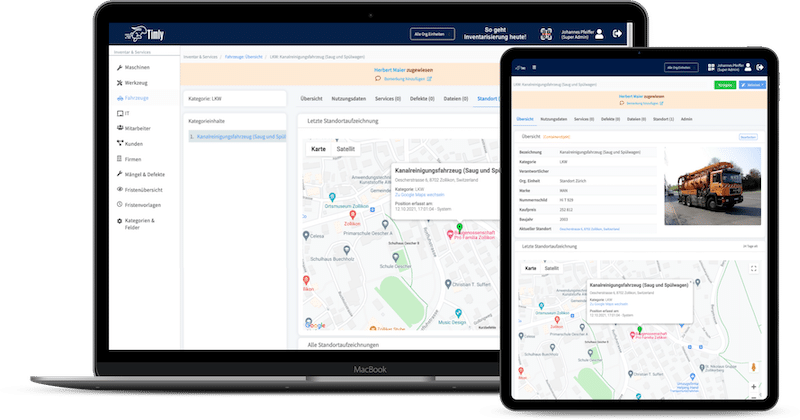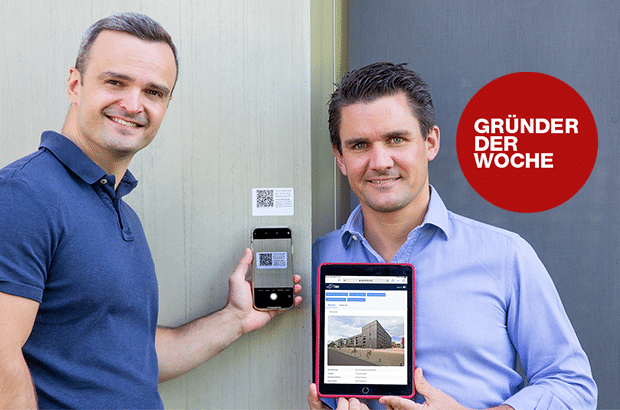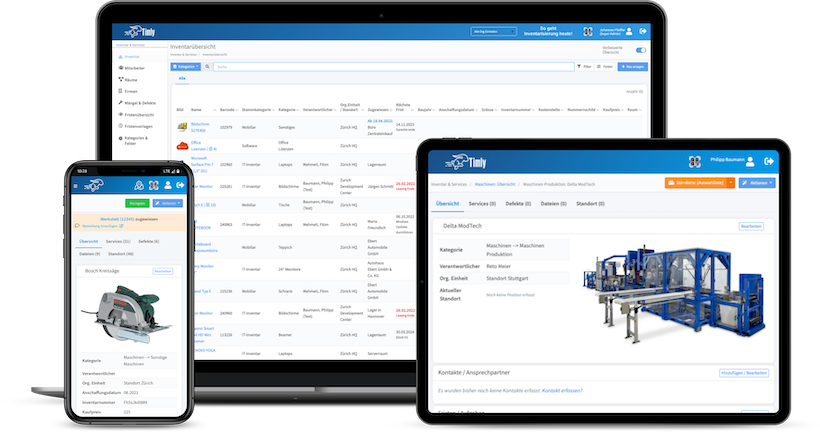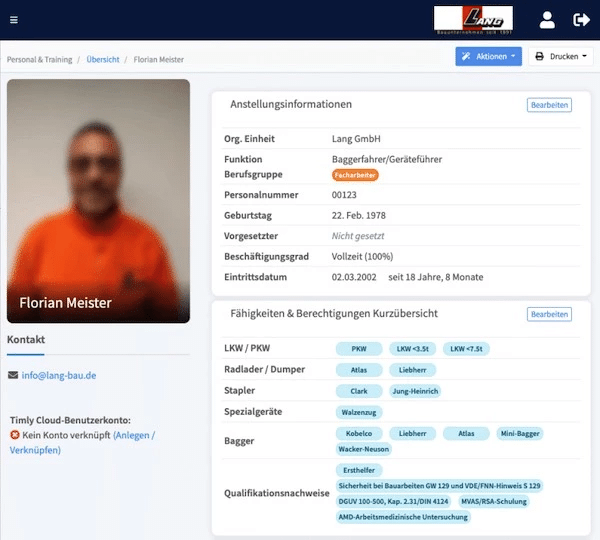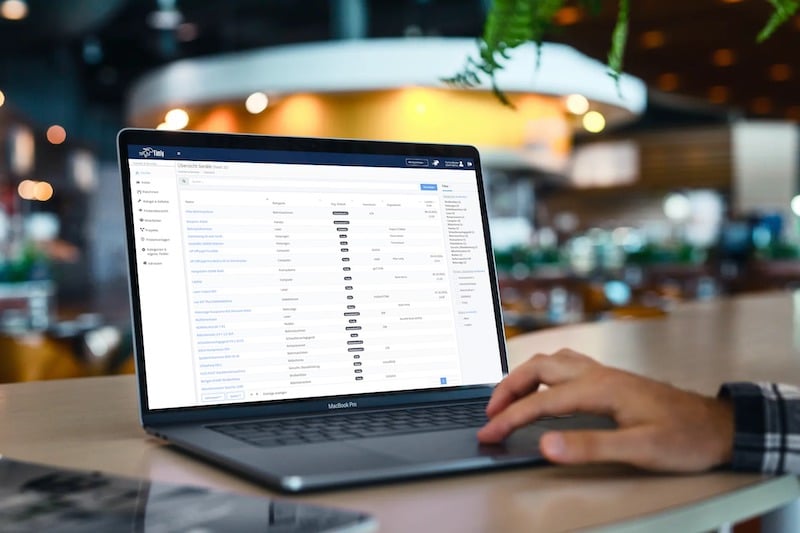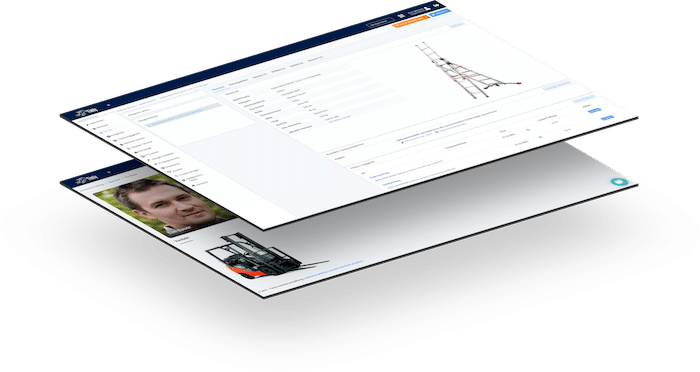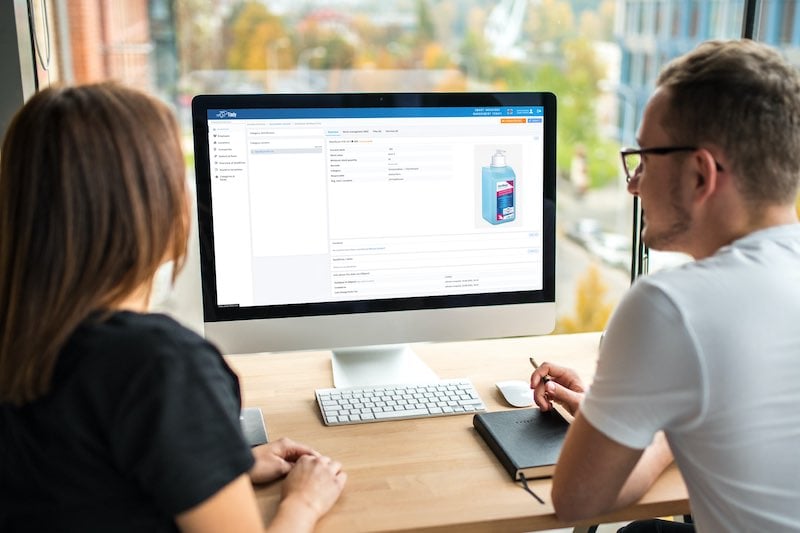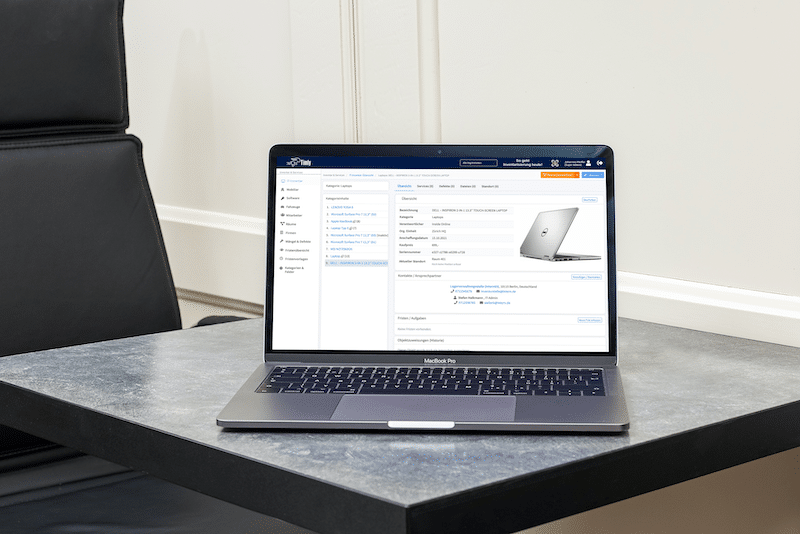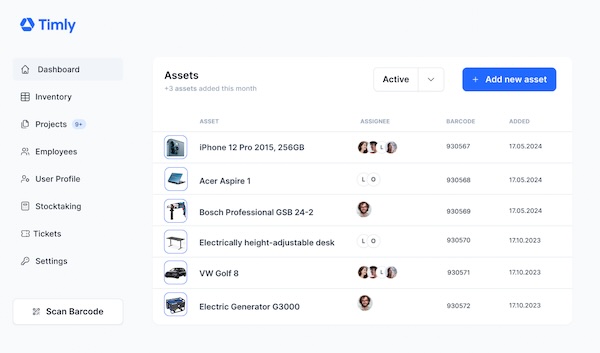
- Legally required inventory can be conducted in several ways. Your business can choose the method that best fits its needs.
- Keeping up-to-date inventory lists isn’t just useful for stocktaking; it streamlines various work processes by ensuring all resource data is readily accessible.
- Software simplifies both inventory management and stocktaking by offering features like location tracking and logical links. Specialized tools even enable completely paperless stocktaking, improving efficiency and accuracy.
- Inventory: Definition and Legal Requirements
- What Is an Inventory Process?
- What Are the Four Types of Inventory Processes?
- What Inventory Management Processes Are There?
- Creating an Inventory
- Inventory: Methods of Implementation
- Inventory Planning: The Role of Software
- What Hardware Do I Need for Inventory?
- Simplifying Inventory with the Right Tools
- FAQs About Inventory Management Processes
Inventory: Definition and Legal Requirements
Before diving into the details of different inventory management processes, let’s clarify what inventory actually means. In essence, it’s the process of compiling and updating a company’s full list of assets. This can include:
- Land and buildings
- Financial assets like cash, investments, liabilities, and outstanding receivables
- Tangible assets, such as equipment, stock, and other resources
Inventory updates are typically done at a specific point in time, often aligning with the company’s financial reporting cycle.
Legal Obligations in the UK
In the UK, the obligation to carry out an inventory comes under company accounting regulations. Businesses subject to double-entry bookkeeping must conduct regular stock takes to ensure their financial records accurately reflect their assets and liabilities. This is a key requirement for producing compliant financial statements and helps to provide transparency in business operations.
However, some businesses are exempt from this obligation. Sole traders, freelancers, and small businesses that fall below certain turnover thresholds—those using simplified cash basis accounting, for instance—may not be required to complete a formal inventory.
That said, even when it’s not a legal requirement, maintaining an up-to-date inventory can still be a good idea. It provides better visibility into your businesses resources, supports smarter planning, and ensures your inventory management process is both efficient and accurate.
What Is an Inventory Process?
In legal contexts, such as the UK’s accounting standards, the inventory process refers to the methods available for conducting a physical stocktake. These processes outline not only when inventory should be taken but also how it should be carried out and which values must be recorded.
The inventory process serves two main purposes:
- Timing the Stocktake: Determining the most appropriate time to carry out inventory checks, whether that’s at year-end, periodically, or continuously.
- Carrying Out the Stocktake: Establishing clear procedures for recording and verifying assets, ensuring accuracy and compliance.
In addition to legal requirements, your business can adopt specific strategies to make its inventory management process more efficient. While these aren’t dictated by law, they’re often essential for improving accuracy and streamlining operations. In the following sections, we’ll explore the four main types of inventory processes and their unique advantages.
What Are the Four Types of Inventory Processes?
There are four main types of inventory management processes, each designed to suit different business needs and operational contexts. Let’s explore these methods and how they work:
1. Key Date Inventory
This is the simplest and most traditional method. The inventory is conducted on the balance sheet date—typically at the end of the financial year, which often aligns with the calendar year. Businesses have a window of up to 10 days before or after this date to complete the stocktake.
Common in retail, where physical counts were historically done by closing stores for a day or more.
- Advantages: Easy to align with annual financial statements.
- Disadvantages: Can disrupt operations during a busy time, especially in industries like retail where year-end sales are high.
2. Postponed Inventory
With this method, the stocktake is conducted within a flexible time frame—from three months before to two months after the end of the financial year. However, businesses must calculate the stock values back to the balance sheet date to ensure accuracy.
Ideal for companies that face staffing or operational challenges at year-end.
- Advantages: Reduces pressure to conduct stock takes during peak periods.
- Disadvantages: Additional work is required to reconcile the inventory values to the balance sheet date.
3. Perpetual Inventory
Perpetual inventory is the most dynamic and flexible process. Instead of conducting a single physical stocktake, inventory levels are updated continuously through a stock ledger, which records all receipts and issues.
This is often managed digitally using inventory management software. However, a physical stocktake is still required once a year for control purposes, to reconcile any discrepancies between recorded and actual stock.
- Advantages: Provides real-time inventory data, reducing the need for large-scale physical counts.
- Disadvantages: Maintaining accurate records requires consistent input, which can increase administrative workload without proper software.
4. Inventory Sampling
For businesses with large or complex inventories, manually counting every item can be impractical or close to impossible. Inventory sampling uses statistical methods to estimate total stock based on random samples.
This is particularly useful for goods that are difficult to count or for high-volume stock.
- Advantages: Saves significant time and effort, with minimal disruption to operations.
- Disadvantages: Requires reliable statistical tools, and discrepancies beyond 1% are not permitted under accounting standards.
Choosing the Right Inventory Process
Each of these methods has its pros and cons, and the best option will depend on your business size, industry, and operational requirements. Leveraging tools like inventory management software can help streamline whichever process you choose, improving accuracy and efficiency.
What Inventory Management Processes Are There?
1. Book Inventory
This process tracks non-physical assets, including:
- Credit balances
- Debts and outstanding receivables
- Investments and other financial assets
Book inventory focuses on documenting these intangible items to provide a complete picture of the company’s financial position.
2. Asset Inventory
Asset inventory is all about tangible assets, such as machinery, vehicles, and other work equipment. Beyond just confirming their presence, this process also records details like:
- Age of the asset
- Current value
Useful life for operational and financial planning
3. Physical Inventory
The most familiar type of inventory process, physical inventory, involves counting, measuring, or weighing goods and consumables. This method is typically used for stock items like raw materials, finished goods, and supplies.
In certain cases, estimates can be used, but only when precise measurement is impractical (e.g., liquids in large storage tanks).
Each of these processes plays a crucial role in maintaining an accurate and reliable inventory management process, ensuring all asset types are accounted for effectively.

Creating an Inventory
An accurate inventory management process is key when it comes to keeping in line with proper accounting standards and ensuring business reliability. In the UK maintaining an inventory is about meeting legal or tax requirements but it also builds trust with business partners. It provides them with a clear picture of the company’s financial health and liquidity, giving them the transparency needed to build trust. Beyond compliance, a well-organized inventory simplifies planning and scheduling for internal operations.
Streamlining Inventory with Specialized Software
- Track asset locations, assign responsibilities, and monitor conditions in real time.
- Access inventory data from anywhere using intuitive tools like web apps.
- Store data securely in the cloud, ensuring seamless access across multiple work locations.
Managing IT Assets
Timly isn’t just for physical inventory. It also simplifies the management of IT assets, including virtual resources like software licenses. These can be easily assigned to specific hardware or workspaces, providing a comprehensive view of both physical and digital assets.
For even more efficiency, tools like Lansweeper can automatically scan the company’s network to detect hardware and software components. Once identified, these assets can be seamlessly transferred into Timly, streamlining the inventory process and ensuring no item goes untracked.
Inventory: Methods of Implementation
The approach you take to your inventory management process will depend on the type of items you’re tracking. Regardless of the method, it’s crucial to define the process clearly to minimize errors, especially when temporary staff are involved.
Conventional Stocktaking
For traditional inventory, a division of labor is often the most efficient approach. Typically, two people work as a team:
- One acts as the counter, collecting data on items.
- The other serves as the recorder, noting down the data.
To maintain consistency, specify a recording direction (e.g., left to right, top to bottom).
Leveraging Inventory Software
Using inventory management software can simplify the process. Instead of manually recording data, staff can scan barcodes attached to assets, making the process faster and more accurate.
For employees working remotely or off-site, software with a self-inventory feature is invaluable. Tools like Timly allow users to register work equipment directly on location, ensuring real-time updates across the system.
The Timly Software in Use

Optimized Device Management With Innovative Self-Inventory
SodaStream is the world market leader for water sparkling systems for domestic use and has a lot of IT equipment at its various locations. Many colleagues now work from their home offices. A digital solution for the efficient management of IT end devices became necessary...

Panasonic x Timly: Driving Technological Innovation
One of the most remarkable aspects of human ingenuity is our ability to innovate. Innovation is embedded in the DNA of consumer electronics giant Panasonic, which has diversified into a number of sectors, from heavy industry to construction...
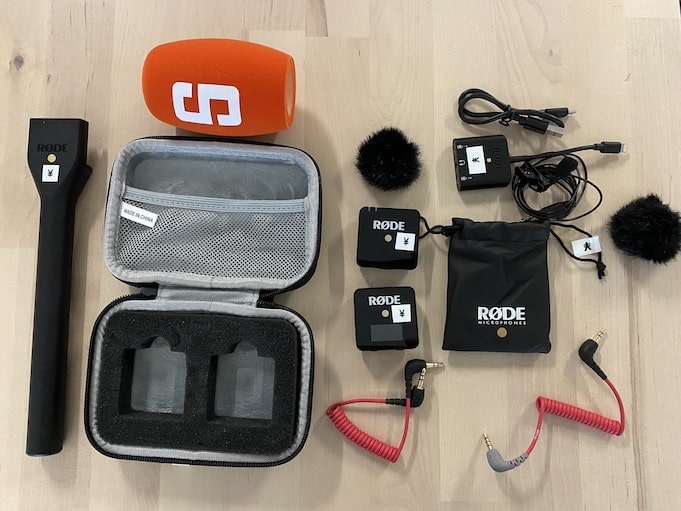
Manage Video Equipment Efficiently Without Much Effort
The Hamburg media company always does outstanding journalistic work and is characterized by independent reporting. In order to maintain journalistic quality, the teams work with highly specialized devices – these need to be managed efficiently...

Smart City Asset Management – Timly in Use at DIGOOH
The core business of DIGOOH Media GmbH in Cologne is to manage digital city light posters (DCLP) for outdoor use in various cities in Germany. The challenge here lies in making the client’s communication message always available at the right time, in the right place...
(No credit card required)
Inventory Planning: The Role of Software
No matter which inventory process you choose, software can make planning and execution far more efficient. At a basic level, businesses often use tools like Excel to create and manage inventory lists. However, specialized inventory management systems take it a step further by:
- Generating inventory lists directly within the software.
- Offering an inventory mode for stocktaking, which allows users to simply scan barcodes for a legally compliant record.
With the right tools, businesses can eliminate much of the manual effort typically associated with inventory, improving accuracy and saving time.
What Hardware Do I Need for Inventory?
The right hardware can make your inventory management process smoother and more efficient. Here’s what to consider:
Mobile Devices
Handheld Scanners
If your inventory involves barcoded items, handheld scanners can speed up the process considerably. They provide fast and accurate data capture, ensuring each item is correctly logged.
Registration Stations
Smartphone Apps
Smartphones with cameras can function as barcode scanners, eliminating the need for separate devices.
Web apps allow staff to use their own devices without installing additional software, as data is stored temporarily and synced securely to the cloud.
Simplifying Inventory with the Right Tools
A well-planned inventory process is the foundation of good stock management. Software-based systems, like Timly’s inventory management app, streamline this process by keeping asset locations and conditions up to date in real time.
With tools like self-inventory and mobile-friendly web apps, businesses can save valuable preparation time and simplify implementation—helping ensure every stocktake is accurate and efficient.
FAQs About Inventory Management Processes
Are Businesses Free to Choose Which Inventory Process to Use?
Can I Switch Between Inventory Processes?
Why Is Inventory Software So Helpful for Stocktaking?
What Is the Inventory Mode in Inventory Software?
Inventory mode transforms standard asset management tools into a dedicated stocktaking solution. When active, users can perform legally compliant stock takes by simply scanning QR codes on assets.
Recommended for you:
Book an online demo - free and without obligation - or create your free trial account directly.






